All about pruning pears
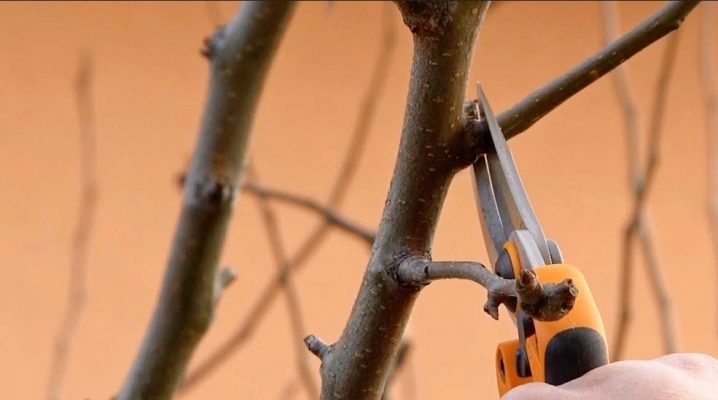
Pear trees on the site are slightly inferior in popularity to apple trees, but still not so much. A strong and healthy plant will delight you with a bountiful harvest, but only with proper care and timely preventive procedures. One of the items on this list is tree pruning.
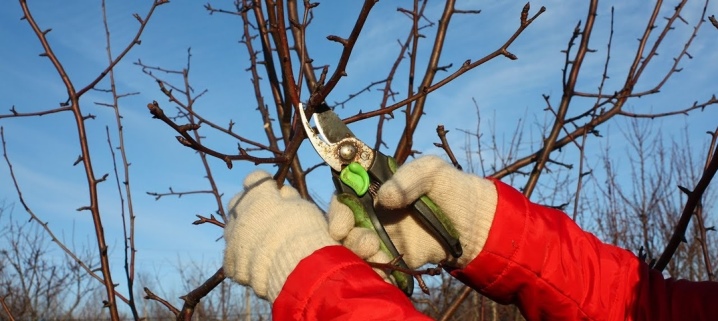
The need for a procedure
A pear loves sunlight, it really needs it for the growth and development of fruits, and therefore the thickened crown is an obstacle to the natural need of the tree. Pruning helps thin out the crown, which helps the tree focus on giving all its strength to the already formed branches. And all the nutrients will go to the growth and development of fruits, which is the ultimate goal.
While this is the main reason for pear pruning, it is not the only one. The tree, if not pruned, will grow very sprawling. It will also shade growing crops nearby, which is doubly dangerous. And also harvesting from a tree, the crown of which is very lush, is another quest.
In the beds that grow next to the pear, there will also be a dubious harvest: the plants will be deprived of the necessary flow of sunlight.
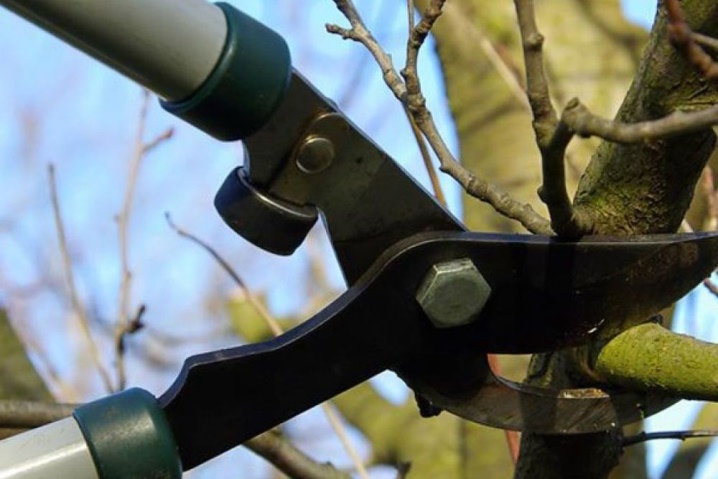
Of course, in the spring it is a great pleasure to rest under a huge blooming crown. But what a lot of sacrifices it requires. If there are no other plantings nearby, the tree does not shade anything, and the owners are almost indifferent to pear fruits, you can not resort to pruning. But in all other cases, its need is more than justified.

Timing
Pruning of fruit crops can be spring, summer and autumn. And for each period - a separate set of horticultural rules. At different times of the year, the pear develops in different ways.
Therefore, the rules need to be studied, because what is suitable in the spring, will not pass in the summer, and so on.
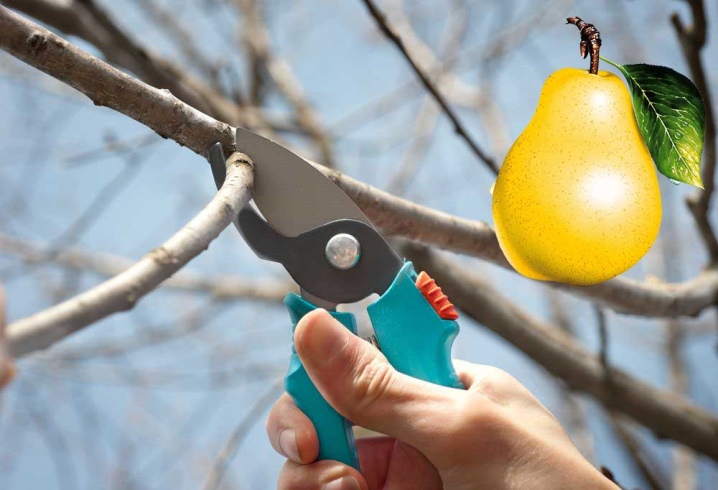
What you should know about spring pruning.
- Its terms are after the end of the real frosts and before the beginning of the growing season. Until the buds are swollen, the tree can be pruned. In each region, this period may fall at a different time. It is definitely impossible to start until the temperature indicators of the air rise to +5 degrees.
- The crown is thinned out first, after all, returning light access is the primary task.
- Then the central trunk is shortened, about a quarter. After that, the tree will not grow, which will save it from the formation of an incorrect crown.
- All locations of the cuts are certainly covered with garden varnish, and also with drying oil, oil paint or a special plant healing agent.
- Usually, vertical shoots are removed from a pear, and horizontal ones will need support, support, possibly... The branches that grow down are also better to remove - their yield is usually low, and the tree spends strength and nutrition on them.

During spring pruning, some gardeners seek to feed the pear. For example, nitrogen fertilizers. But this does not need to be done, in the spring she has enough food just from the ground.
Summer pruning is pinching, removing shoots that move away from the top of the crop... Pinching is done even with nails, but nevertheless, it is wiser to use a pruner to remove most of the young branch. What is this operation for: the growth of the shoot is stopped, the desired length is set. In the spring of next year, the shoot will be shortened.
In June, pinching will stop the growth of the shoots, but if you postpone this until the end of July, the shoots will ripen better.
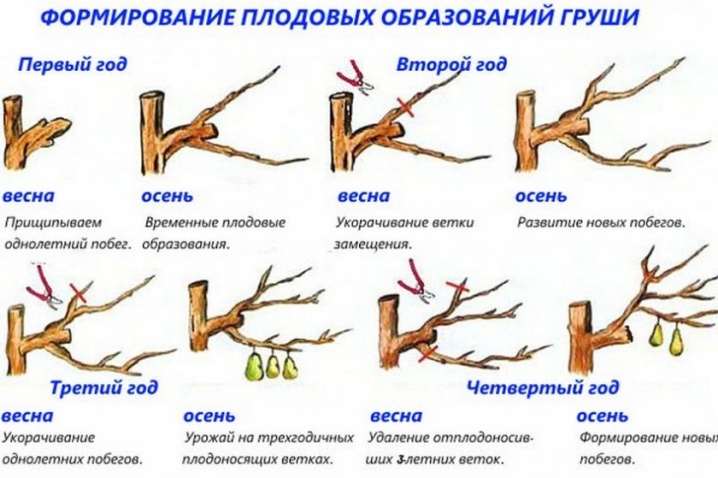
The final pruning of the year is autumn. It is carried out starting from the last decade of August until mid-December.It is not necessary to be zealous with pruning the pear during this period, otherwise the tree will spend a lot of energy on restoration. Excessive pruning is often followed by the launch of a large number of vertical shoots. Therefore, it is wiser to make the process step-by-step: remove part of the branches in the fall, the other part - after a season. Autumn pruning should be completed before frost begins. In significant cold snaps, it is extremely dangerous to do this.
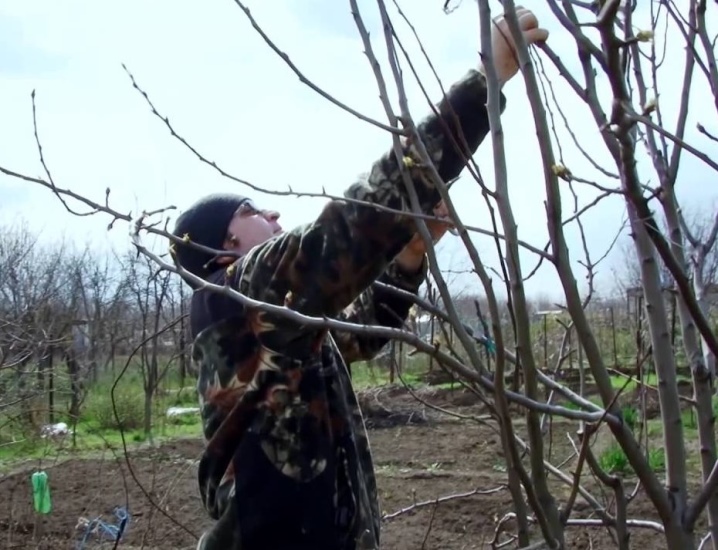
A few more notes on fall pruning.
- You need to start removal with shoots growing at right angles (from the trunk, of course). When it is done with them, it is necessary to cut off what grows parallel to the trunk or vertically from it.
- You need to focus on the annular influx of bark, between the base of the branch and the trunk it is very clearly visible... But cutting below it is dangerous (as well as leaving a stump under it). For the speedy healing of tissues, the branch is cut off along the influx - it is there that tissues that will help the pear to regenerate faster.
- If the branches are at least 3 cm thick and need to be cut down, the following must be done: the cut is carried out somewhere to the middle, then it is finished from above. If you do not act according to this scenario, you can damage the bark, and the unfinished part will fall under its own weight.
- Once the procedure is completed, the wounds need to be lubricated with garden varnish or any other healing agent. Wounds that are not lubricated will begin to secrete sap, which will attract pests.
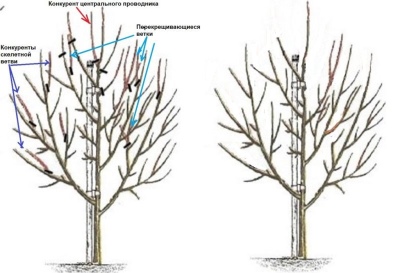
The tree also does not need autumn feeding during pruning. In winter, they never undertake to cut off: the cuts simply do not have time to heal, the branches risk dying in frosts.
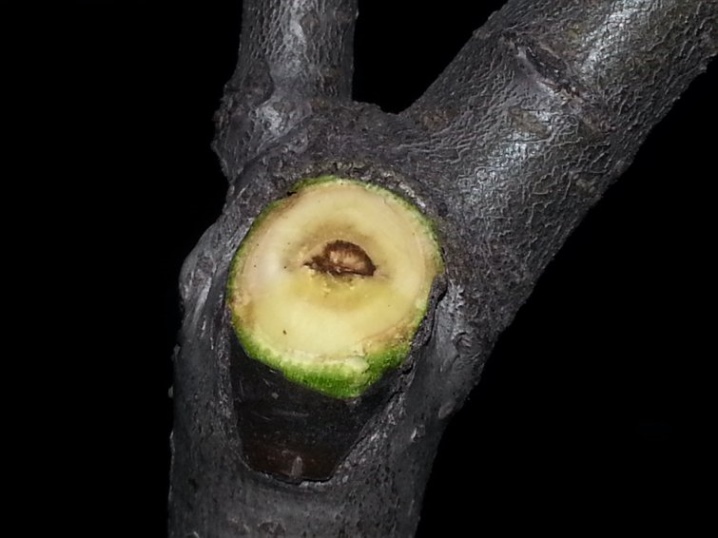
How to prune young trees?
There are also significant differences in pruning old and young trees. As soon as the seedling is in the ground, the opening and main pruning for the pear is done. And this procedure has at least two purposes. NSFirst - during planting, the root system of a pear tree may be damaged, this is not uncommon.
For its early recovery, you will need food, which will provide pruning of branches.
The second goal is to shorten the conductor, which will lay the scheme for the formation of the pear in the future. In the fall, a tree that grows for the first year does not need pruning, since it accompanies the spring planting.
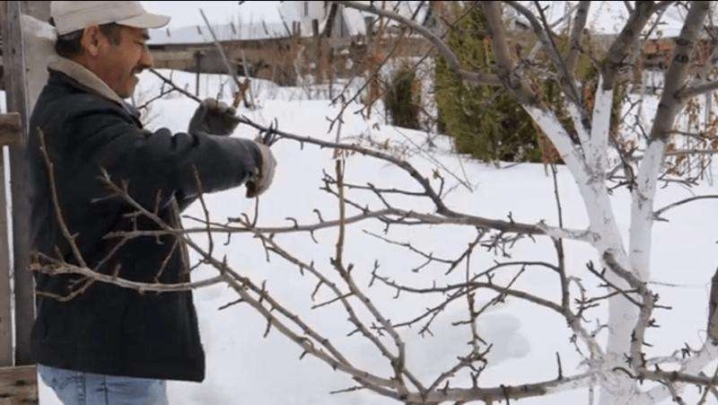
Annuals
A one-year-old sapling that was planted last year should be trimmed by about a quarter of its entire length. This will form a branched crown. Lateral shoots also have to be shortened, but they are cut to the first bud.
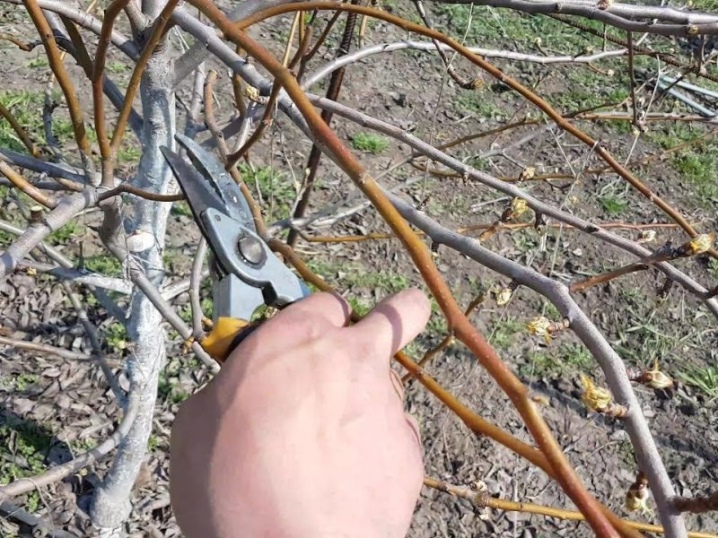
Biennial
The top of the pear trunk should be shortened by 25 cm or a little more, and all branches are shortened by another 7 cm (on average). For the correct formation of the crown, the lower branches must be left longer than the upper ones. This shape resembles a pyramid, and this is an excellent option from a decorative point of view, and also wonderful in terms of optimizing fruiting.
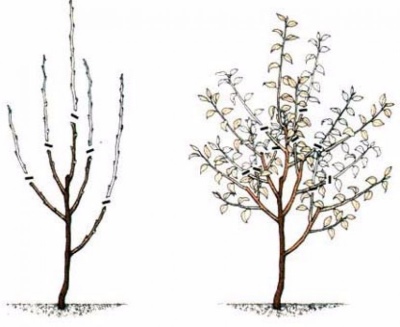
Three-year
When the pear has been growing for 3 years, you can think about pruning with a so-called replacement knot. Yes, this method is more associated with pruning grapes, however, fruit trees respond well to it.
Those parts of the shoots on which the flower buds are located should be cut off. They are shortened by a quarter / third of the length.
All the remaining parts are cut for growth, 2-3 buds remain. It turns out that 2 shoots will grow on short-cut branches. The first will also go for fruiting, the second for replacement. And when the long branch stops bearing fruit, it will be removed.
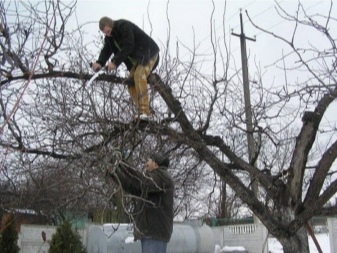

Four-year
At this age, as a rule, the laying of the second tier of a pear is already underway. During the operation, sharp corners are excluded (when the branch departs from the trunk), it is also necessary to remove competitors and follow the subordination so that the upper tier does not overlap the lower one, and the central conductor is longer than all the branches.
The crowns themselves, it should be noted, are very different in shape: sparse-tiered, improved-tiered, bowl-shaped, fusiform, semi-flat. There is a lot of controversy about which form is better.So, for example, beginners are advised to adhere to a sparse-tiered form, because young gardeners will also learn to care for it. Professionals often choose a spindle-shaped tree: such pears will bear fruit earlier, and the yield will also increase.
This is due to the excellent ventilation and illumination of the branches.
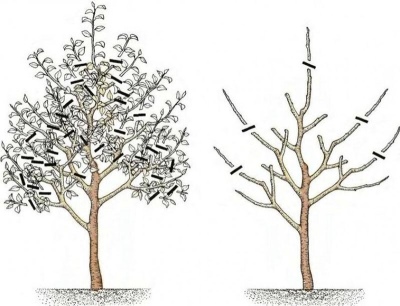
And there is also a bowl-shaped (or vase-shaped) crown shape, in which skeletal branches will grow at the same level, and the stem reaches half a meter... Already in the first season of growth, the main conductor is cut, 3 or 4 frame branches do not touch, they must be equidistant. Such a crown will be perfectly and evenly illuminated by the sun, and it is also loved because it simplifies harvesting. But there are also disadvantages to this beauty: skeletal branches become more vulnerable, they break easily under the weight of pears. However, there is a plus for this - in trees with a bowl-shaped crown, the risk of being injured by pests or fungi is significantly lower.
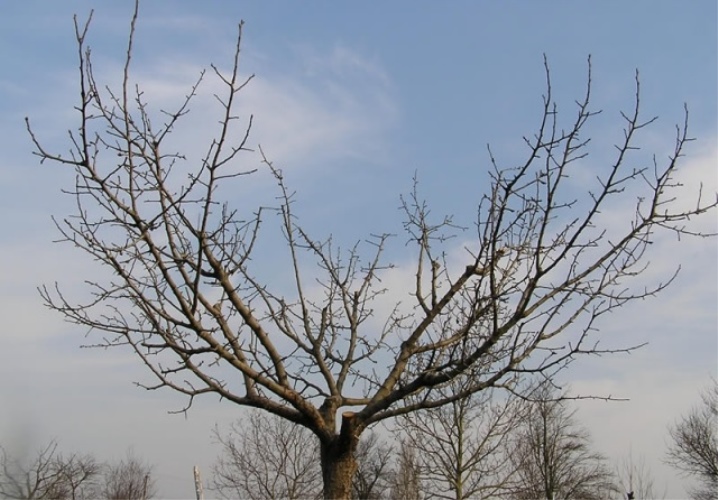
How to shape ripe pears correctly?
In a five-year-old, that is, a ripe pear, the crown is already considered to be formed. For several years it is better not to touch it like a small one. A tree that is between 6 and 8 years old also does not particularly need to prune branches. This is normal: their increase will no longer be so noticeable, because if pruning is needed, then it will be insignificant.
And it is needed only to maintain a sanitary condition, this does not affect the type of crown.
After some time, the crown of pears will thicken, and the very period will begin when it will be more difficult for sunlight to break through to the base. The stage of branch thinning comes, which will last for 2-3 years. Just so much, not less: this is due to the maintenance of a balance between crown and roots. Thinning usually begins in the spring. Again, the "replacement knot" method comes into play.
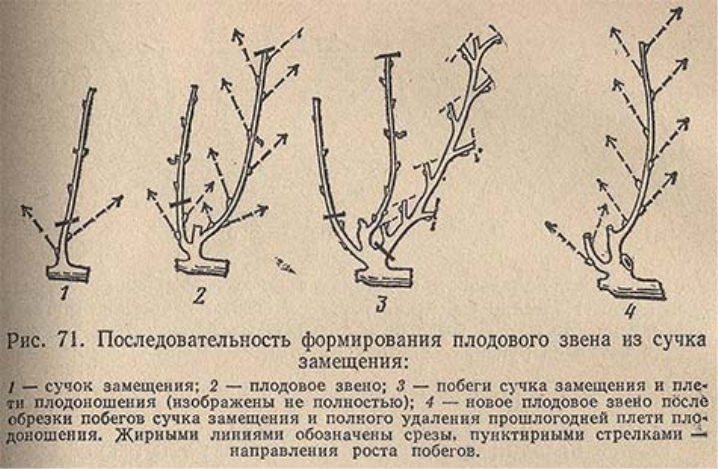
Features of the formation of the crown of mature pears:
- the branch is shortened to a fruiting branch, the lower shoot is cut into 2 buds - here it is, a replacement knot;
- next year, shoots will grow from the buds left on the knotthat will take over the functionality of the previous branch (so they become replacements);
- the trunk has to be shortened too, places near the cuts will be overgrown with young shoots (soon - tops) from those buds that have woken up, they will be broken off at the end of spring.
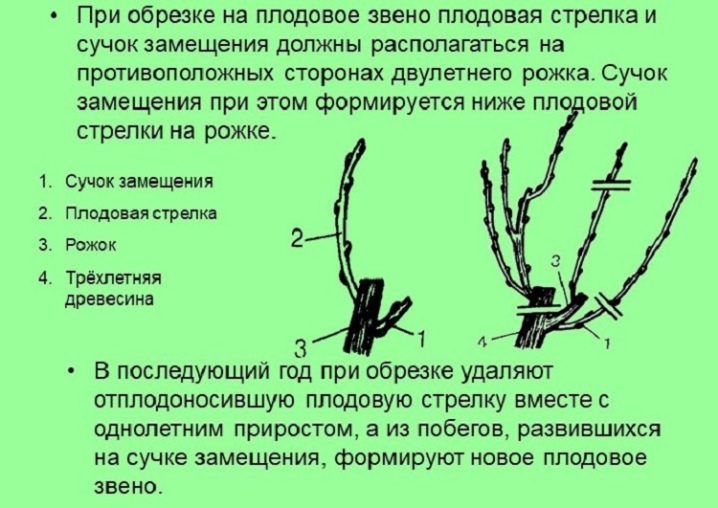
If the pear is already old (usually a tree from 15 years old is considered such), it needs serious rejuvenation. Rejuvenating pruning will take 2-3 seasons, the work is done in the spring, until the buds have blossomed. Ideally, if such pruning takes place after a not very fruitful year, when there are many flower buds on the plant.
If there are several dry and heavy branches, they need to be cut down, but not all at once in one year, but in parts.
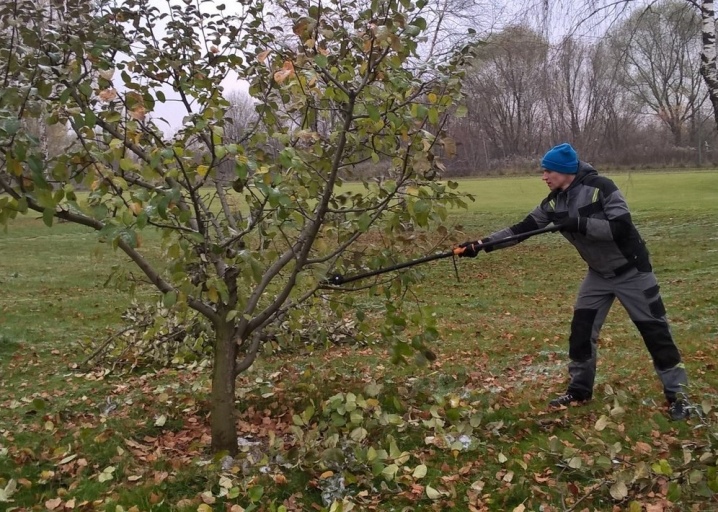
Wounds must be covered with special means. Then a dark film is taken, which serves as a kind of bandage for cuts, this is necessary for the speedy healing of the cuts. Wrong branches also need to be cut off, that is, those that grow inward, cross, start up vertical growth.

The nuances of pruning in different regions
Not all gardeners take this point into account, but sometimes it is decisive. For example, in Crimea, with its mild climate and optimal conditions for successful fruiting, pruning can be carried out all year round. There is almost no risk of freezing (there are frosts in the region, but not every year and in places).
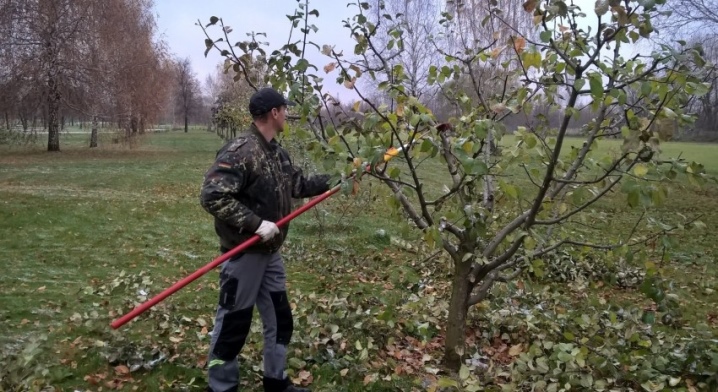
Regions and pear pruning - the rules.
- The so-called risky farming zone (Ural, Siberia) involves the cultivation of pears by a bush. And all because such a tree is easier to cover for the winter (you can't say that about a tall pear). A stem is formed 10-15 cm in height, and skeletal branches are placed arbitrarily. In young pears, skeletal branches are pruned moderately, semi-skeletal branches are thinned out. But in the fifth year, the conductor is shortened to the upper skeletal branches. You will get a bush-tree, no higher than 2.5 m. The tops will help the crown to recover, which will also have to be shortened by a third of the length.
- In the Central region, pruning by the method of Susov has proven itself well. The crown gradually thinns out, and the beginning comes from the half that is more open to the sun. The trimmed portion of the crown is 3 m high and 2 m wide. Half of the tops are cut into a ring, the rest are shortened, folded back, thereby stimulating the formation of flower buds. After 5 years, the tops will bear fruit, and you can start rejuvenating the second part of the crown. In parallel with this process, the roots are rejuvenated.
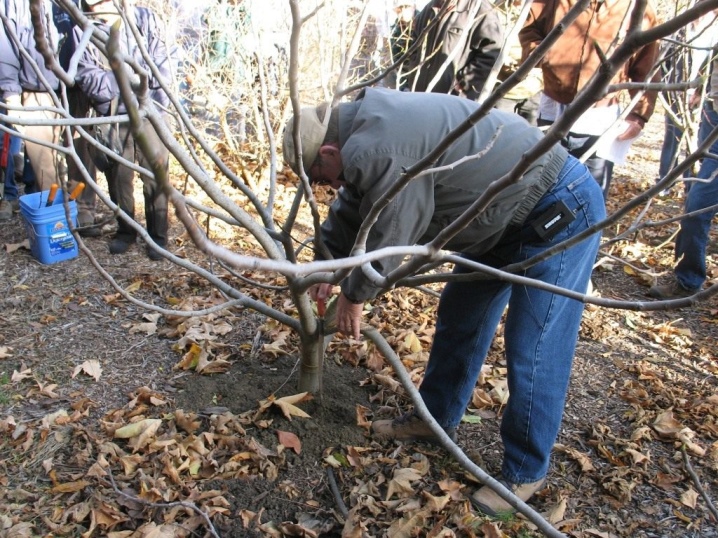
There are cases that are considered, if not neglected, then close to that. This applies, for example, to frozen trees. If the tip of the annual plant that was planted in the fall is frozen, it can be cut off by a third. In older trees, with a developed root system, pruning will be much more serious. The gardener will first have to carefully examine all the branches, determining the frostbite zones (the wood will have a black or brownish tint). If a significant section of the branch is frozen, it will have to be cut into a ring.
The affected top is cut to the level of healthy tissue. There is no time for beauty, the main thing is to save and heal the sample.
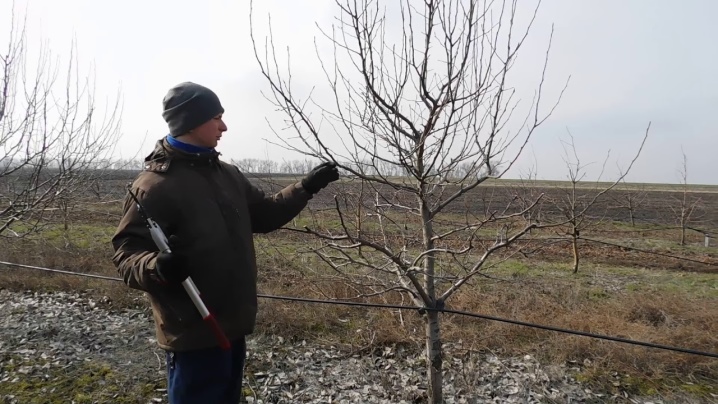
There are many options for trimming, as can be seen from what has been written. From shaping and rejuvenating to stimulating, thinning and sanitary. And each has its own task. Probably, thinning pruning is more characteristic of pears, because these trees are distinguished by very intensive shoot formation. And ensuring healthy air exchange in the central part of the crown is the basic task of such pruning.
Gardeners believe that there are key years for the pear, which are very important in terms of crown formation. This is the third and fourth year. To be more precise, all the first 4 years. Further, the crown will already be formed, you will not have to pay much attention to it.









The comment was sent successfully.